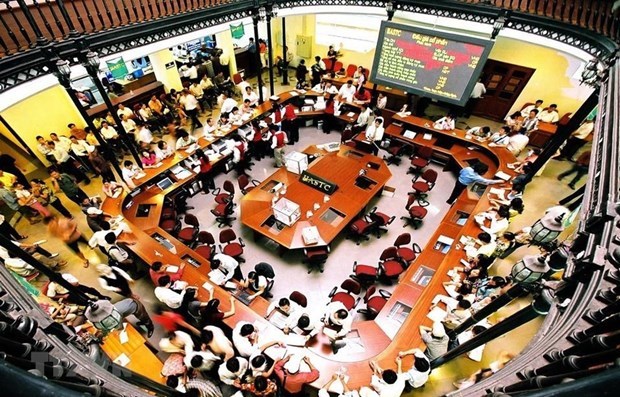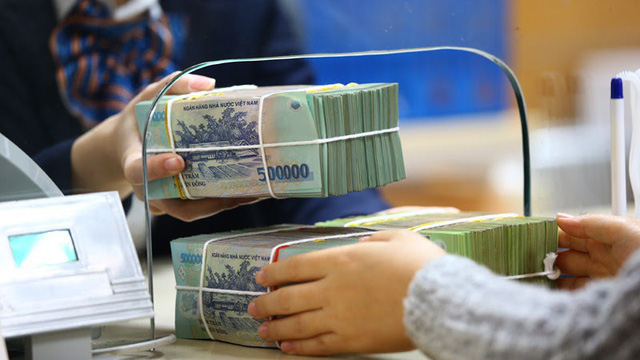Compiled by Thiên Lý
In May Prime Minister Phạm Minh Chính approved a plan to increase Vietinbank’s capital.
The lender’s executive board then decided to increase the charter capital through issuance of shares to existing shareholders as dividends at a rate of 29 per cent for 2017, 2018 and a part of 2019.
This will increase its capital from VNĐ37.23 trillion (US$1.62 billion) to nearly VNĐ48.06 trillion ($2.09 billion).
The Government’s decision comes as no surprise since Vietinbank has not increased its charter capital in years.
Consequently, it has had to cap credit growth, thus impacting the nation’s economic growth to some extent since it is one of the four large state-owned banks.
It has been at risk of not complying with capital adequacy ratio (CAR) requirements, which could have had an impact on its operational safety, international ratings and prestige, and its leading role in the banking sector.
The failure to promptly increase capital has also been plaguing the other three state-owned banks.
At a conference in 2019 Nghiêm Xuân Thành, chairman of the biggest of the four, Vietcombank, had said the bank’s charter capital was to be increased from VNĐ37 trillion then to VNĐ 57.2 trillion by 2020.
But this has yet to be done.
The situation at Agribank seems to be slightly better with its capital recently increased by VNĐ3.5 trillion.
After successfully selling a 15 per cent stake in 2019 to South Korea’s KEB Hana Bank, BIDV’s charter capital increased by VNĐ6.03 trillion to VNĐ40.22 trillion.
It had planned to increase its capital by another VNĐ6.23 trillion last year, but failed.
According to State Bank of Việt Nam (SBV) statistics, on January 31 the combined charter capital of all credit institutions was VNĐ664.15 trillion, of which the four State-owned banks accounted for VNĐ158.77 trillion.
Consequently, the latter’s contribution to the credit market has halved to 40 per cent from around 80 per cent before.
Market observers said they would need to double their capital to have any chance of regaining the 80 per cent market share and if the Government wants to retain their key role in the economy.
At Vietcombank’s annual general meeting this year shareholders approved a plan to increase the charter capital this year.
The hike will be implemented in two phases. In the first phase the bank will issue more than one million shares to pay dividends of 27.6 per cent for last year by capitalising retained earnings.
In the second phase it will issue additional shares worth a maximum of 6.5 per cent of charter capital to investors and existing shareholders including Japan’s Mizuho, a strategic investor with a 15 per cent stake.
If it goes through, the lender’s charter capital will rise to VNĐ50.4 trillion.
In case that the plan could not be carried out this year it would be pursued in 2022, VCB chaiman Thành promised.
BIDV’s charter capital now is VNĐ40.22 trillion, the highest among the four State-owned banks.
At its annual general meeting, the bank tabled a plan to increase it by VNĐ8.3 trillion or 20.6 per cent to VNĐ48.42 trillion.
But even if the four State-owned banks’ plans to hike capital are implemented successfully they could trail in the equity stakes.
For instance, VPBank chairman Ngô Chí Dũng announced at the annual general meeting plans to hike the charter capital to VNĐ75 trillion, which is much higher than any State-owned bank’s.
MB has a target of increasing its charter capital by 38 per cent to VNĐ38.68 trillion.
The SBV recently gave approval to ACB to add nearly VNĐ5.4 trillion to its charter capital.
An SBV official said private banks are seeing robust development and so the central bank is seeking ways to prevent a reduction in state-owned banks’ market share.
Necessity
Nguyễn Trí Hiếu, director of the Capital Centre of the Institute of Science of Small and Medium Enterprise Mangement, said it takes banks a lot of time to complete procedures for hiking their capital.
Besides, despite the COVID-19 pandemic, the demand for credit remains high and would rise further when the outbreak is controlled, he pointed out.
Many enterprises want to borrow not only to fund their business activities but also to improve their liquidity for paying off short-term liabilities like employees’ wages, office rents and payables, he explained.
So banks have to increase their charter capital and wait for the demand surge, he said.
Another reason is that the pandemic has badly hit thousands of businesses in various industries so many of them have been unable to repay bank loans. So banks have to increase their charter capital to improve their finances and safety ratios and have enough money to provision for credit risks, Hiếu said.
Analysts agreed with him, saying banks can ensure their capital adequacy ratio as they have to settle bad debts only when they have good stockholder equity.
Meanwhile, it is a good time for them to issue shares to raise capital since the stock market is doing very well, they said.
As for the State-owned commercial banks, increasing the charter capital is imperative for meeting Basel II norms that include a CAR of at least 8 per cent.
Agribank’s CAR in March was 6.9 per cent and it is likely to fall to 6.1 per cent by 2021 (according to Circular No 41/TT-NHNN) if it cannot increase its charter capital.
Vietinbank’s CAR was 9.25 per cent but lower if based on Circular 41 (8.6 per cent).
Vietcombank and BIDV had lowish CARs too of 9.56 per cent and 8.34 per cent at the end of last year.
Direct power purchase to be trialled
The Ministry of Industry and Trade is soliciting opinions on the proposed direct power purchase agreement between producers of renewable energy and buyers.
It plans to pilot the scheme from now until 2023 for power plants ranging from 400MW to 1,000MW. Industrial customers using power of 22KV voltage and up can negotiate directly with suppliers to purchase solar and wind power without going through Vietnam Electricity (EVN).
Both buyers and sellers are required to meet certain conditions.
Industrial buyers must commit to buy at least 80 per cent of the electricity contracted in the first three years.
Solar and wind farms with a capacity of at least 30MV can participate in the scheme, and have to begin commercial production within nine months of joining the scheme. They need to furnish documents showing they are receiving financial support from credit institutions.
At the end of the trial period, the ministry’s electricity regulatory department will conduct a review of the scheme and make a report to authorised agencies for official implementation.
Once that begins, EVN will no longer have a monopoly over power distribution in Việt Nam. VNS
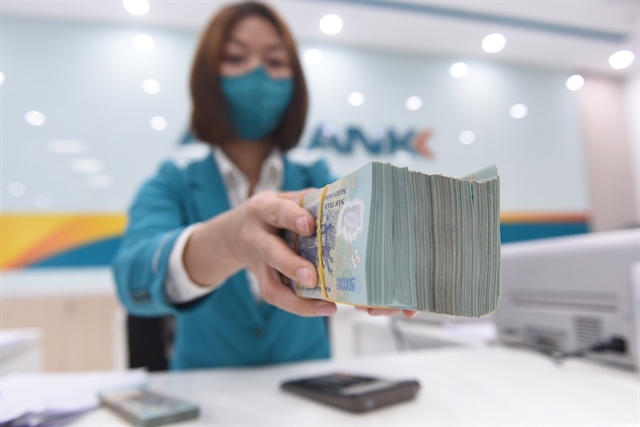
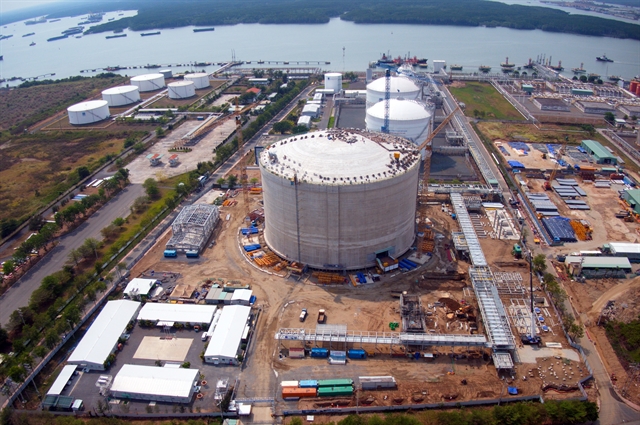

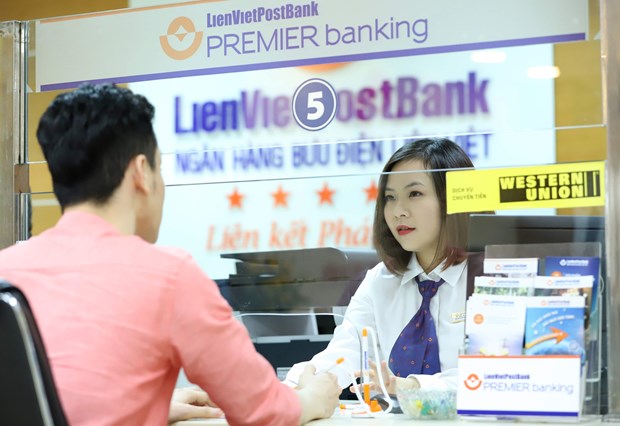
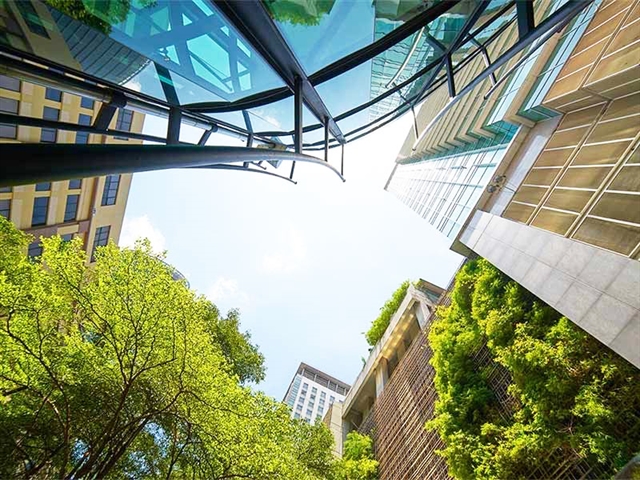

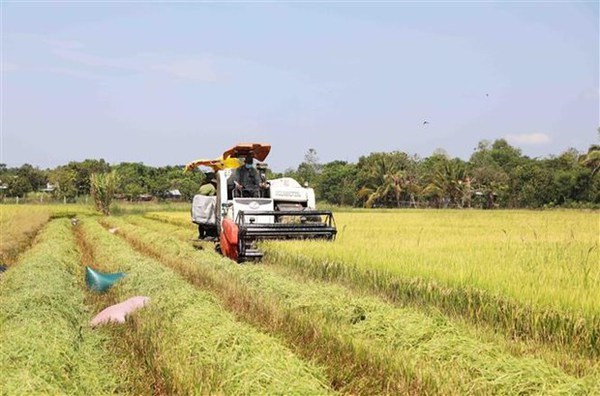
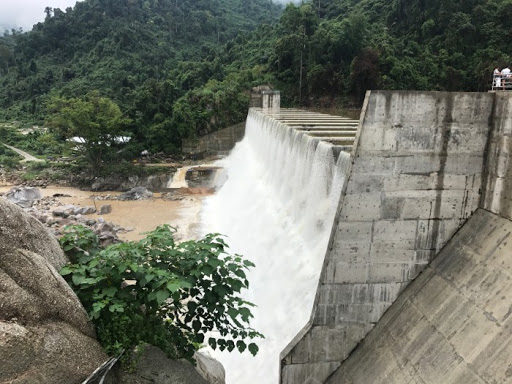

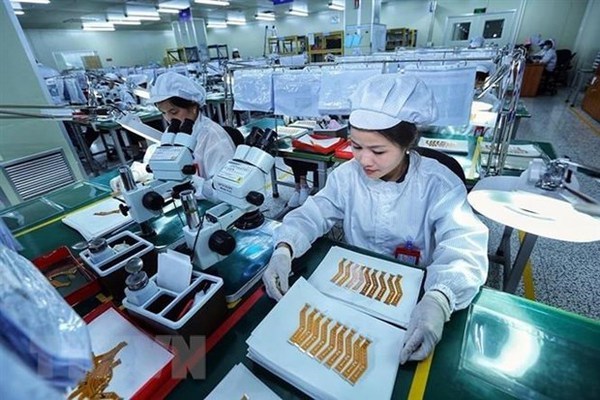
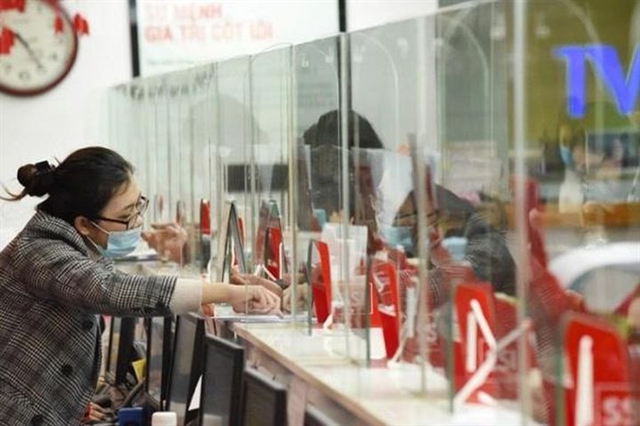
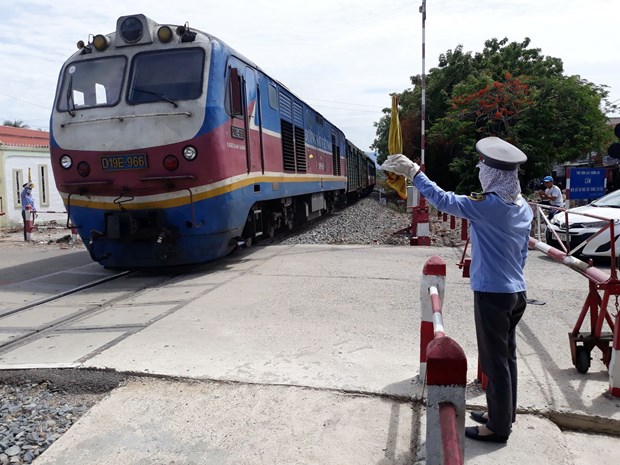
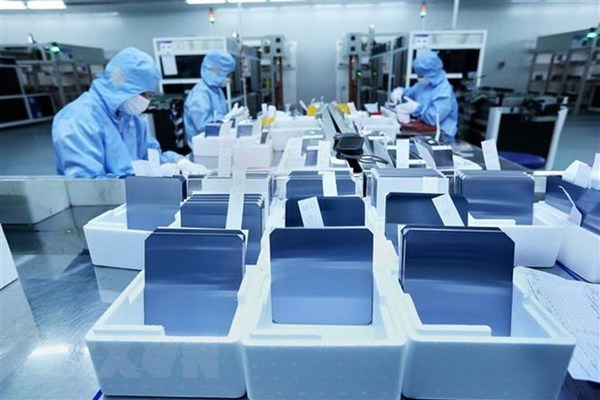
.jpg)
